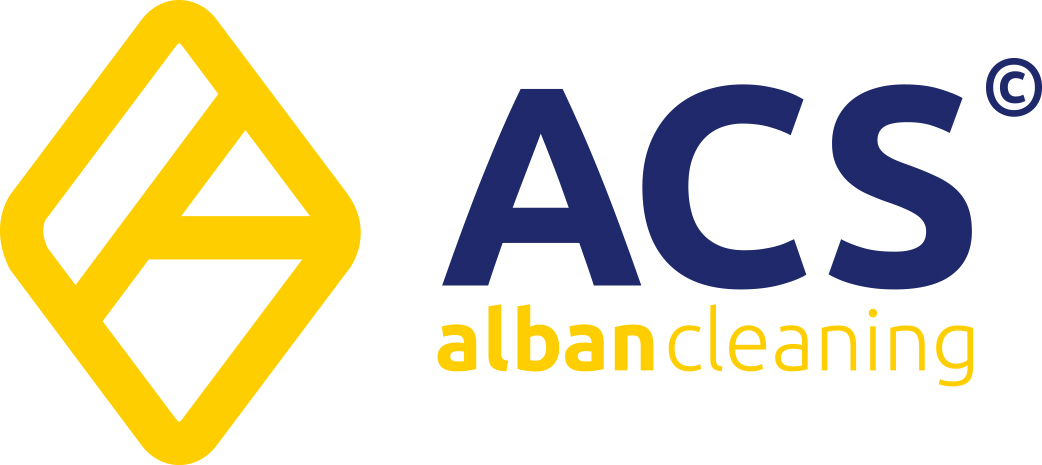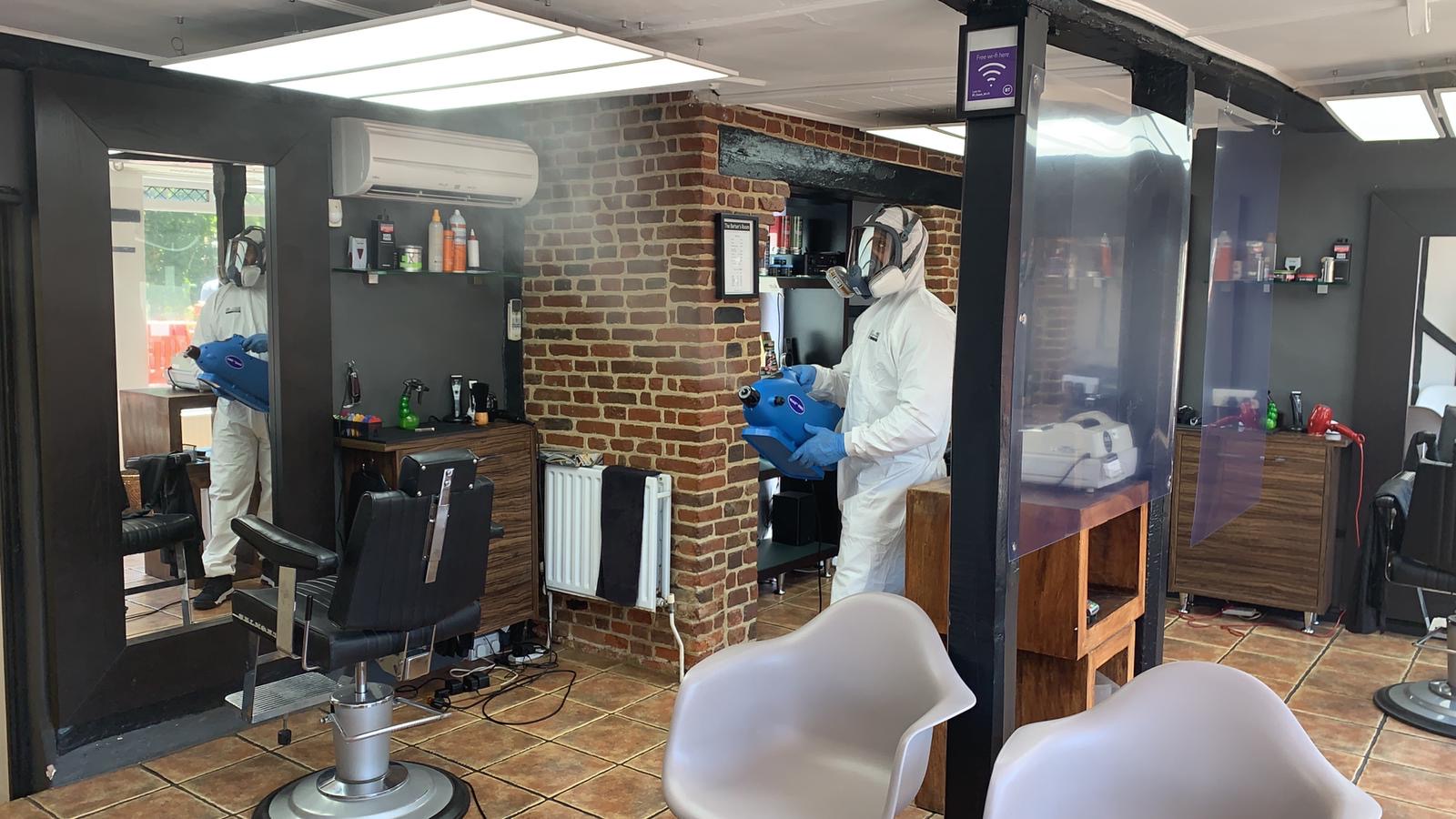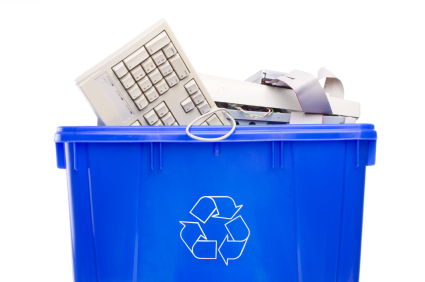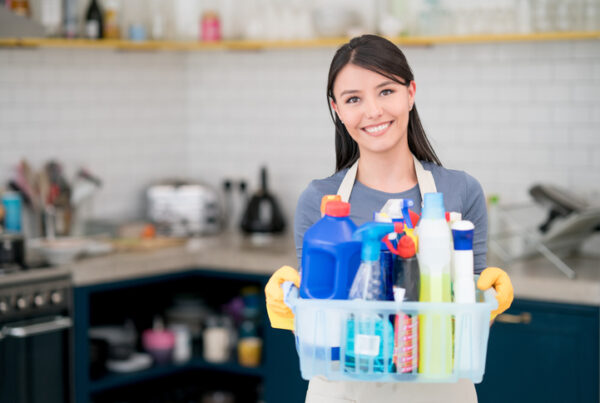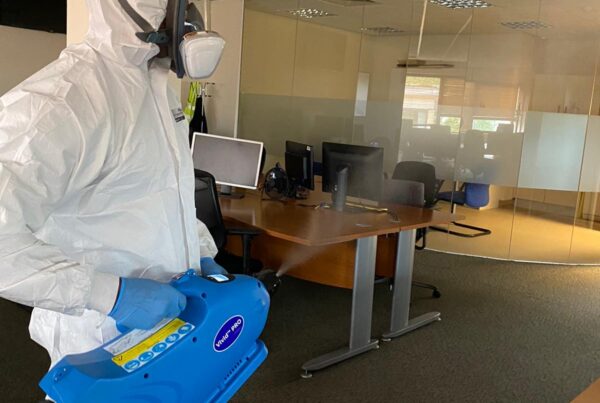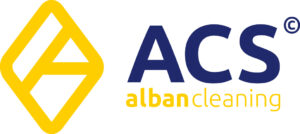Best practice is something that is employed, or should be employed for a huge range of processes across every single industry in the world, and cleaning is no different. There are a number of guidelines that detail the techniques and methods that should be used in order to achieve the best results in the most efficient and agreeable way. In the cleaning industry, there are two sections where best practice is applied: cleaning methodology and equipment management. Here, we are going to look at what some of the terminology regarding cleaning methodology means.
Cleaning to maintain safe levels of bacteria
Cleaning products in our homes often boast of being able to remove “99.9% of bacteria”, and although removing bacteria is a necessity for a safe and hygienic workplace, it can be unnecessarily time consuming and very difficult to remove ALL bacteria. What’s more, there is also good bacteria, so removing it all may not be as helpful as it sounds.
Working to prevent cross contamination
Cross contamination can occur very easily without due care and attention. It’s a simple mistake to make – you clean a dirty surface with your mop or cloth, and then you move on to work on a surface that is cleaner. If you do not clean your equipment before moving onto the next surface, you will transfer dirt, grime and bacteria to that surface. Colour coding is a very common practice, whereby different equipment is given different colours to correspond with the areas they should be used to clean. This ensures that mistakes are avoided, such as using a cloth that has previously been used to clean a toilet to clean a food surface.
Changing cleaning solutions when soiled
At a certain point, your sink or your bucket of cleaning fluid and water will become murky and unpleasant. This means it has reached its saturation point, and it can no longer break down dirt and grime. Once you notice your cleaning solution has become murky, it is time to empty it out and start again. If you continue to use the murky solution, you are essentially spreading dirt around the premises.
Using equipment effectively
Making the most of your equipment is important if you are to clean your premises efficiently and effectively. These aren’t major tasks, either, something as simple as folding a cloth into fours when cleaning, and then folding again when a side becomes dirty will maximise the amount of cleaning you can do with your cloth. For mops, a common method is to work from the edges of the room to the centre, a practice known as ‘cutting in’. This prevents dirt from the middle of the floor being accidentally transferred onto walls and skirting boards.
As you can see, there are a number of small tweaks you can make to your cleaning process to ensure that you follow best practice and get the most out of your cleaning equipment.
Alban Cleaning are a leading provider of cleaning services for commercial premises, from offices to schools. If you would like to know more about the services we provide, please get in touch with us by calling 01727 789 626 today and we will be more than happy to help you with anything you need. Alternatively, get in touch with us online.
